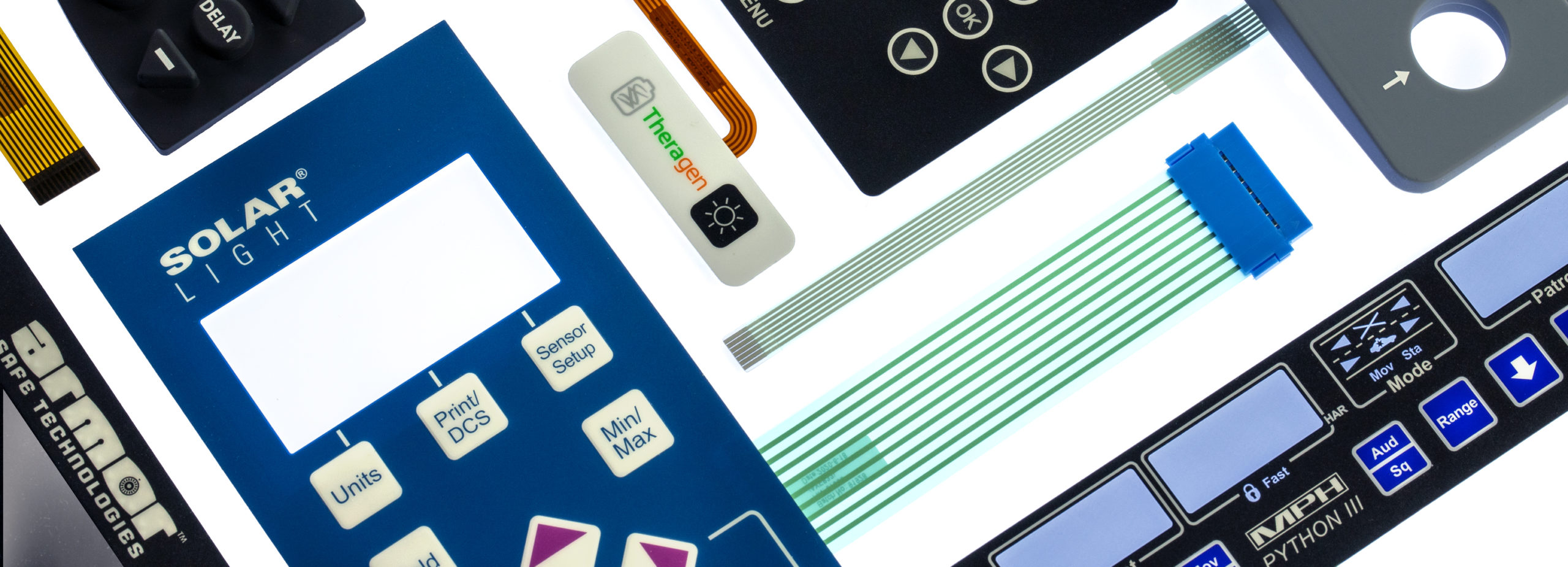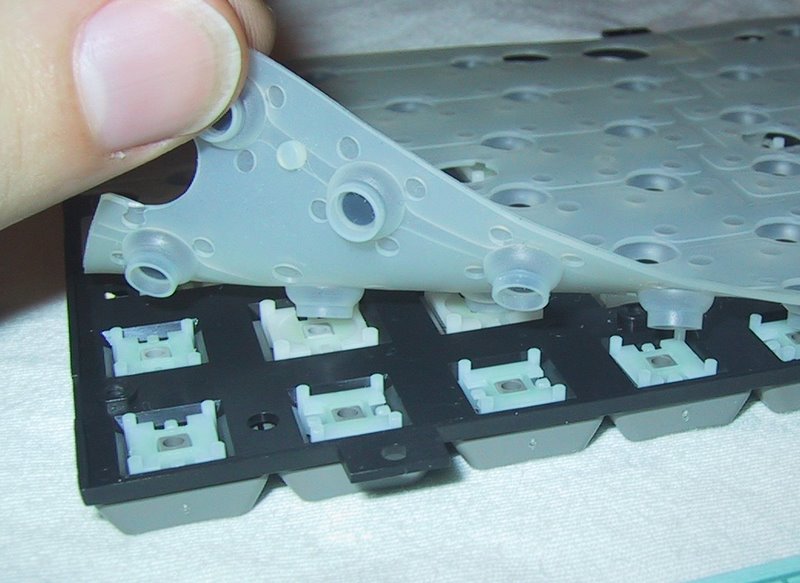The Ultimate Resource on Membrane Changes: Layout, Functionality, and Applications
Membrane changes function as a fascinating crossway of layout and functionality, playing a crucial role in modern-day user interfaces throughout different fields. This resource unboxes the necessary components that contribute to their efficiency, consisting of visuals overlays and circuit traces, while additionally elucidating the mechanisms behind their pressure activation. As we explore the diverse applications of membrane buttons, it comes to be evident that their adaptability and toughness are critical in atmospheres ranging from healthcare to consumer electronics. The nuances of their design and operational principles might disclose also much deeper understandings worth thinking about.

Recognizing Membrane Layer Switches
Membrane buttons are a sort of interface innovation commonly utilized in various electronic devices, characterized by their slim, adaptable style and performance. These switches are composed of several layers that consist of visuals overlays, sticky layers, and wiring, allowing a compact and effective user interface for individuals. They can be located in home appliances, clinical devices, and industrial control board, offering a dependable approach for user communication.
Among the primary benefits of membrane switches is their capability to resist impurities such as dust and wetness, making them suitable for environments where longevity is crucial. Their inconspicuous design enables smooth combination into different applications, while the personalized visuals overlays improve customer experience by offering clear visual comments. In addition, membrane buttons can suit a variety of innovations, such as responsive responses and backlighting, more enhancing their usability.
The manufacturing process for membrane switches usually includes screen printing, lamination, and die-cutting methods, making sure precision and uniformity in manufacturing. Generally, membrane switches represent a reliable and flexible service for modern digital tools, integrating performance with aesthetic appeal in interface layout.
Trick Parts and Design Components
A range of essential elements and design components collaborated to develop a reliable membrane layer switch. At the core, the visuals overlay serves both functional and visual functions, offering an user-friendly user interface while safeguarding internal elements from environmental aspects. The choice of products, usually polyester or polycarbonate, influences longevity and responsive feedback.
Underneath the overlay, the adhesive layer makes sure the switch adheres securely to the substrate, which can be plastic, glass, or steel. The spacer layer is important, as it maintains the essential space in between the overlay and the circuit layers, permitting efficient actuation. Membrane Switches. Circuit traces, typically made from conductive ink or adhesive, are published on a versatile substrate, making it possible for electrical signals to be transferred when stress is used
Design factors to consider additionally include the plan of responsive domes or embossing that provide physical comments to the customer, enhancing the overall experience. Furthermore, the format and spacing of the buttons must be enhanced for simplicity of usage, ensuring that individuals can browse the user interface intuitively. Generally, these parts and layout elements work synergistically to develop a reputable, useful membrane layer button customized to specific applications.
Functionality and Operation Mechanism
At the heart of efficient performance for membrane layer changes exists their functional system, which assists in customer communication via an easy yet effective style. These switches operate the principle of pressure activation, where a user uses pressure to a marked location of the switch (Membrane Switches). This action compresses the layers of the switch, completing an electric circuit that about his sends out a signal to the linked gadget
The building normally consists of a leading graphic layer, an adhesive spacer layer, and a bottom circuit layer, which collectively create a durable user interface. When stress is applied, the leading layer collapses versus the lower circuit layer, enabling conductive traces to attach. This style not only allows clear tactile responses however likewise ensures toughness and dependability, as the switches are often immune to dust and moisture.
Moreover, the convenience of membrane layer switches permits for combination with various modern technologies, consisting of LED indications and microcontrollers, enhancing their performance. By supplying a structured interface that decreases mechanical wear, membrane switches over stay a preferred choice in applications varying from customer electronics to commercial equipment, ensuring optimum efficiency and individual satisfaction across diverse settings.
Kinds Of Membrane Layer Buttons

Another considerable group is brightened membrane switches, which include backlighting to improve presence in low-light conditions. These switches are commonly made use of in control panels and control panels where clear visibility is vital.
Additionally, there are custom-made membrane switches developed to meet particular dimensional, visual, and practical requirements. These customizations can consist of distinct forms, colors, and designs, permitting seamless combination right into various tools.

Applications Throughout Numerous Industries
Just how do membrane buttons enhance functionality across diverse industries? In the clinical industry, membrane layer buttons play a vital role in tools such as analysis tools and individual surveillance systems, where reliability and ease of cleansing are paramount.
In the vehicle sector, membrane layer buttons are generally made use of in dashboards and control panels, giving user-friendly controls that enhance motorist safety and security and ease. The customer electronic devices market likewise benefits from their personalized and lightweight functions, making it possible for smooth designs for smartphones and home devices.
In addition, membrane layer switches find applications in commercial automation, where they add to effective equipment procedure and tracking systems. Their resistance to dust and wetness makes sure capability sought after problems (Membrane Switches). Additionally, the food and beverage market utilizes membrane layer description switches for tools control, where hygiene and durability are crucial
Final Thought
In conclusion, membrane switches stand for an essential innovation in customer interface modern technology, characterized by their one-of-a-kind layout and performance. The flexibility of membrane layer changes promotes their application across diverse markets, from medical tools to customer electronic devices.
Membrane switches serve as an interesting intersection of design and performance, playing a crucial role in contemporary individual interfaces across various industries.Membrane layer buttons are a type of individual interface technology widely used in numerous electronic tools, characterized by their slim, flexible style and performance.At the heart of reliable performance for membrane changes exists their operational device, which promotes customer interaction with a simple yet efficient layout. These buttons operate on the principle of stress activation, where a customer uses force to a marked area of the button.In conclusion, membrane switches stand for a vital technology in customer interface technology, defined by their one-of-a-kind layout and functionality.